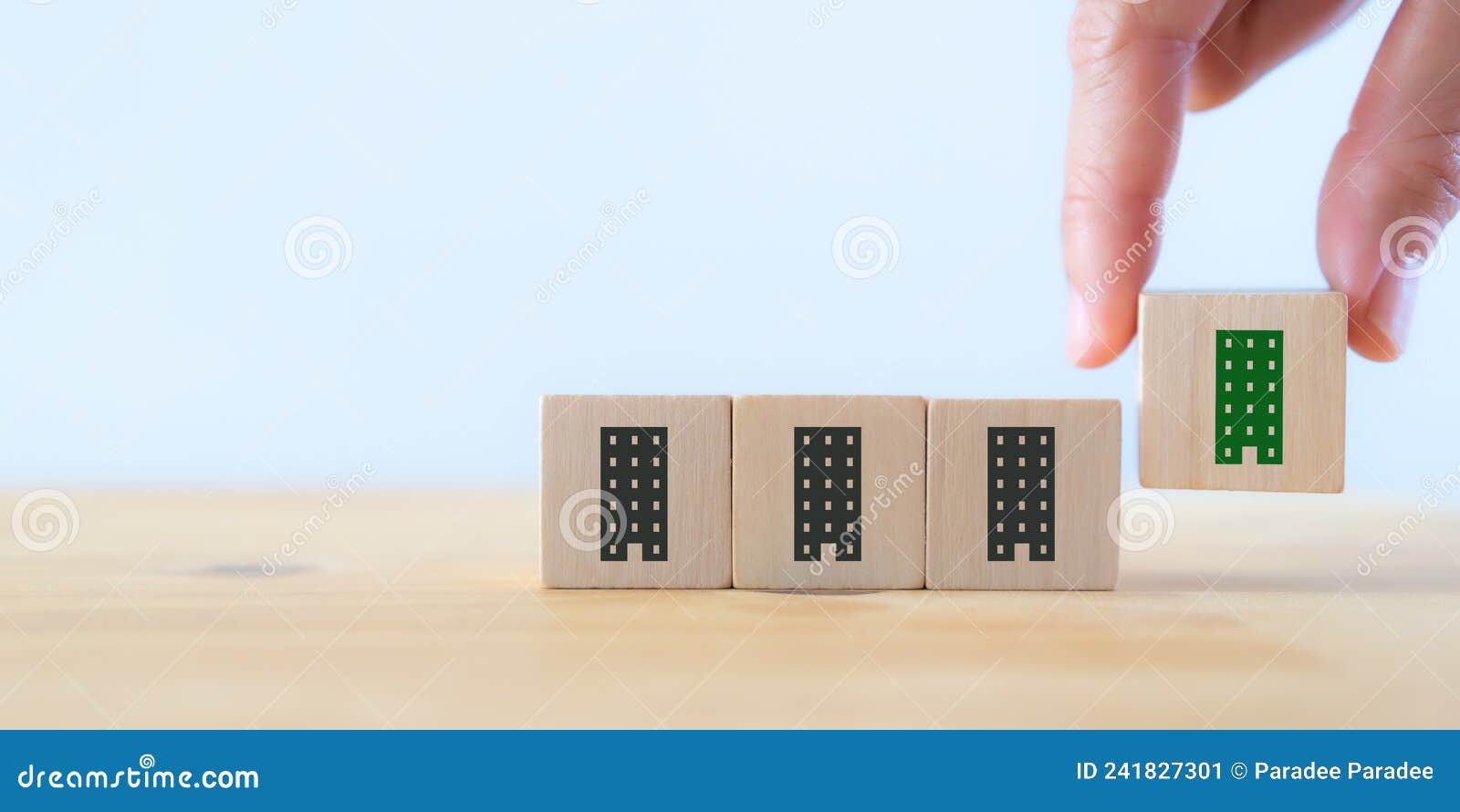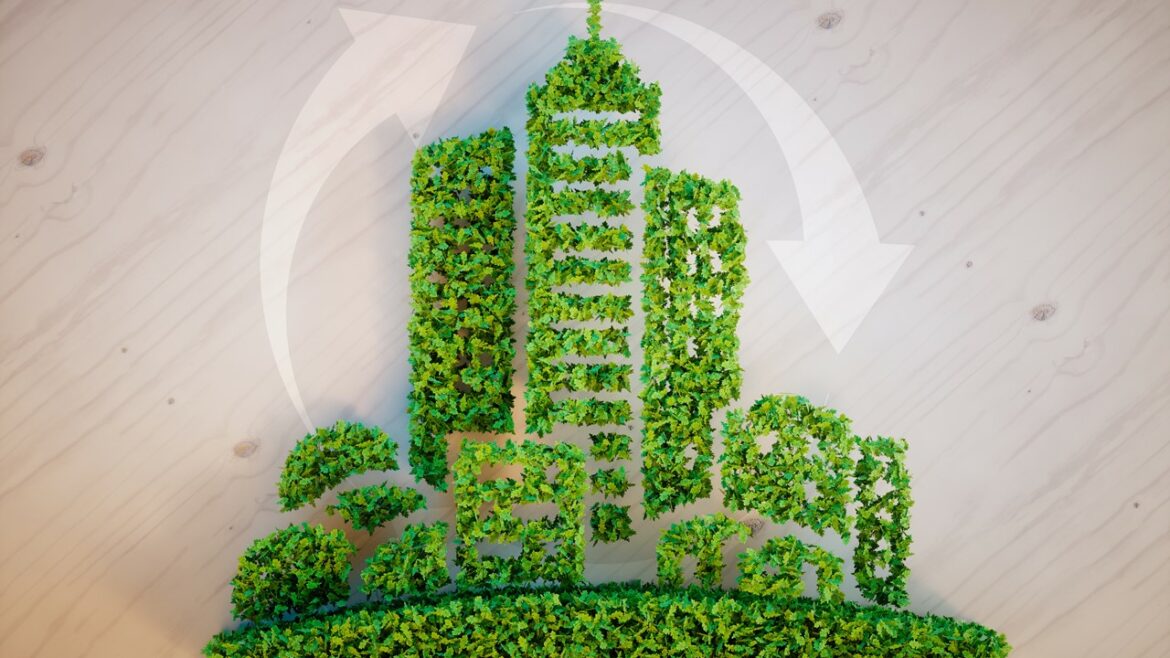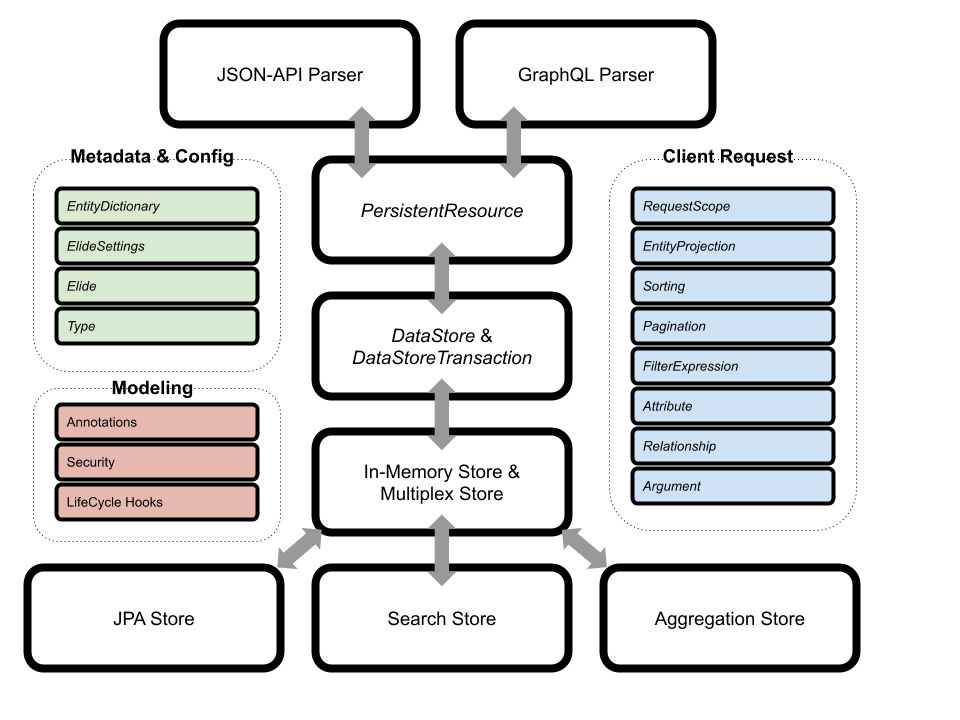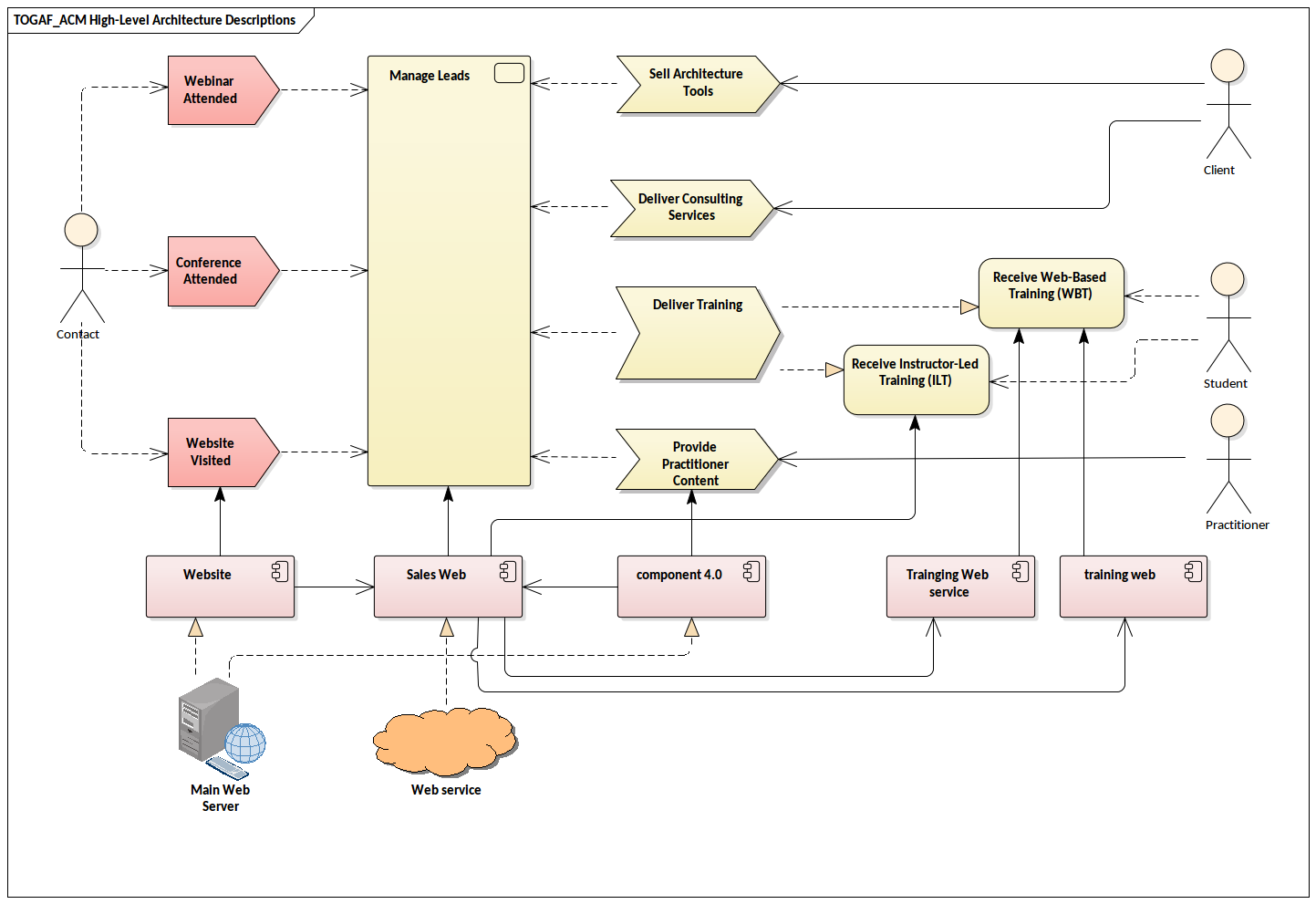Table Of Content
Visit GBA's LEED credentials page to learn about these certification opportunities. These credits promote better indoor air quality and access to daylight and views. Every credit and prerequisite in LEED v5 has a connection to decarbonization, quality of life and/or ecological conservation, and this is annotated throughout the rating system so that project teams can easily shape their sustainability stories and communicate them.
LEED v5 (Draft,
The United States Green Building Council reports many benefits and advantages to LEED certification. U.S. federal government agencies were some of the earliest adopters of LEED. Federal buildings are mandated to build to the highest level of efficiency as reported in government requirements.
LEED system goals
News Vital Voices HQ Earns LEED Silver and WELL Health-Safety Rating - Vital Voices
News Vital Voices HQ Earns LEED Silver and WELL Health-Safety Rating.
Posted: Thu, 14 Mar 2024 07:00:00 GMT [source]
Prerequisites are required elements that must be incorporated into a building project to earn LEED certification, but project teams can choose the credits they want to pursue to gain points toward LEED certification. LEED is a design tool and as such has focused on energy modeling, rather than being a performance-measurement tool that measures actual energy consumption.[8][9][10] LEED uses modeling software to predict future energy use based on intended use. Buildings certified under LEED do not have to prove energy or water efficiency in practice to receive LEED certification points. This has led to criticism of LEED's ability to accurately determine the efficiency of buildings,[9] and to calls to improve the accuracy of its predictive models.
Homes
LEED certification is granted by the Green Building Certification Institute (GBCI), which arranges third-party verification of a project's compliance with the LEED requirements. Energy-efficient buildings reduce pollution and improve outdoor air quality in major industrialized areas, making LEED a critical tool in reducing smog. LEED for Cities projects can measure and manage their city’s water consumption, energy use, waste, transportation and human experience. It marks a transformative milestone in the built environment’s alignment with a low-carbon future and addresses critical imperatives such as equity, health, ecosystems and resilience. These credits address regional environmental priorities for buildings in different geographic regions. Moving to a five-year development cycle provides increased predictability for the market.
The newest version of LEED

LEED certification provides a framework for healthy, highly efficient, and cost-saving green buildings, which offer environmental, social and governance benefits. LEED certification is a globally recognized symbol of sustainability achievement, and it is backed by an entire industry of committed organizations and individuals paving the way for market transformation. Some U.S. federal agencies, state and local governments require or reward LEED certification. This can include tax credits, zoning allowances, reduced fees, and expedited permitting.
LEED buildings use less energy and water, utilize renewable energy and fewer resources, create less waste, and preserve land and habitat. LEED certification is a global solution for cities, communities and neighborhoods. Through sustainable design, construction and operations, LEED can help new and existing buildings to reduce carbon emissions, energy and waste, conserve water, prioritize safer materials, and lower our exposure to toxins. LEED certification is proof that buildings are going above and beyond to ensure the building is constructed and operated to the highest level of sustainability. To earn LEED certification, project teams must earn points outlined in the rating system by adhering to prerequisites and credits across nine measurements for building excellence from integrative processes to building materials to indoor air quality.
About LEED
LEED leans on the green building community to continuously improve and stay ahead of evolving government policy. CAGBC represents Canada in LEED’s international development process, and supports the market with certification, verification, education and training. CAGBC members play a vital role in this work, supporting Canada’s LEED Steering Committee and Technical Advisory Groups. While buildings that achieve LEED certification are referred to as LEED Certified, people who hold professional credentials relating to the rating system are referred to as LEED Accredited. Each LEED rating system has a corresponding LEED specialty for professionals.

LEED consists of rating systems for the all aspects of green construction from design through maintenance worldwide. The results showed occupants tend to be slightly more satisfied in LEED buildings for the air quality and slightly more dissatisfied with the amount of light. The latest version of the LEED green building certification program, LEED v5, is an important milestone in the effort to align the built environment with the Paris Climate Accord's 2030 and 2050 targets. The rating system addresses crucial issues such as equity, health, ecosystems, and resilience. LEED, or Leadership in Energy & Environmental Design, is the most widely used green building rating system in the world and an international symbol of excellence in green building. Green Building Council (USGBC), LEED certification ensures electricity cost savings, lower carbon emissions and healthier environments for the places we live, work, learn, play and worship.
LEED Canada
Those four states banned the use of LEED in new public building and use other industry standards that the USGBC has deemed lax. Except for the states of Alabama, Georgia, Maine, and Mississippi, many U.S. federal agencies and state governments require or reward LEED certification in new public buildings. LEED began in 1993 by the Natural Resources Defense Council (NRDC) senior scientist Robert K. Watson as a broad-based consensus of non-profit organizations, government agencies, architects, environmental engineers, developers, builders, product manufacturers and industry leaders. LEED has grown from a volunteer committee of six inspired people to over 100,000 staff, volunteers and professionals. Nearly 4 billion vehicle miles traveled have been avoided by occupants of LEED buildings, thanks to efficient locations and alternative transportation options. For new land development projects or redevelopment projects containing residential uses, nonresidential uses, or a mix.
The aim of LEED 2009 is to allocate points "based on the potential environmental impacts and human benefits of each credit". These are weighed using the environmental impact categories of the EPA's Tools for the Reduction and Assessment of Chemical and Other Environmental Impacts (TRACI)[58] and the environmental-impact weighting scheme developed by the National Institute of Standards and Technology (NIST). These credits incentivize project teams to set early goals and collaborate together to achieve them, while also doing early analysis on water and energy systems for the best results.
The number of points achieved in this credit is proportional to the predicted energy savings. LEED v3 aligned credits across all LEED rating systems, weighted by environmental priority.[55] It reflects a continuous development process, with a revised third-party certification program and online resources. As stated in the Future of LEED, “we will employ a comprehensive suite of strategies to reduce emissions from operations, materials, construction, refrigerants and transportation, while promoting carbon sequestration and net positive outcomes. Those goals are reflected in the draft of LEED v5 for existing buildings and the concepts shared for design and construction. LEED v5 is next version of the globally recognized comprehensive framework for green building practices.
This input will be incorporated as we refine the drafts into what will be the newest version of LEED. The application review and certification process is conducted through LEED Online, USGBC's web-based service. For new land development or redevelopment projects for residential, non residential or mixed usages.










